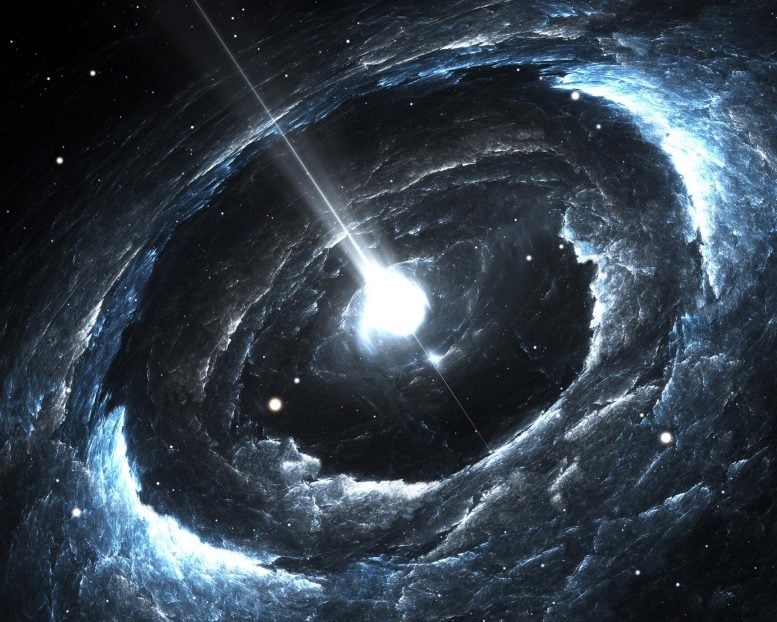
Coordinated observations of the Crab pulsar reveal “giant radio pulses” with increased X-ray emissions, suggesting these pulses are much more energetic than previously thought. This discovery could shed light on the mysterious phenomenon of “fast radio bursts” (FRBs).
Using coordinated observations of the Crab pulsar in a number of frequencies, a team of scientists has discovered that the “giant radio pulses” that it emits include an increase in X-ray emissions in addition to the radio and visible light emissions that had been previously observed. This finding, by a group of researchers led by scientists from the RIKEN Cluster for Pioneering Research and published in the journal Science, implies that these pulses are hundreds of times more energetic than previously believed and could provide insights into the mysterious phenomenon of “fast radio bursts” (FRBs).
Giant radio pulses—a phenomenon where extremely short, millisecond-duration pulses of radio waves are emitted—have been observed in association with a dozen pulsars in our Galaxy, but little is known about the mechanism that causes them. It has been proposed that they may also be the origin of “fast radio bursts”—rapid bursts of radio waves that are believed to originate from energetic events in the extragalactic universe.
To gain insights into these phenomena, the RIKEN-led team made coordinated observations of the Crab pulsar, one of the most famous and well-observed pulsars. The explosion of this star in a supernova explosion was witnessed by Chinese and Japanese observers in the year 1054 and led to the formation of the beautiful Crab Nebula that can still be seen today.
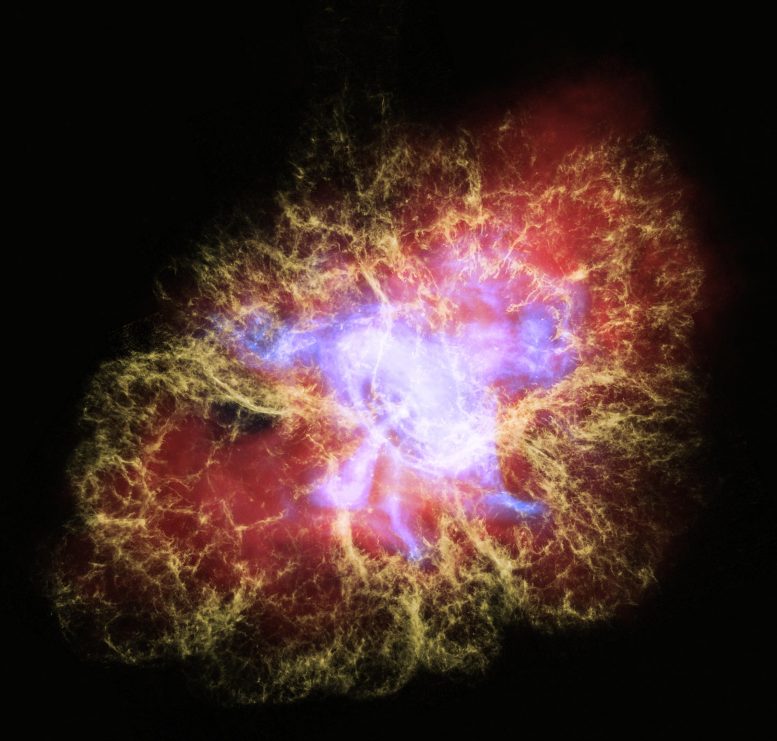
This new multiwavelength image of the Crab Nebula combines X-ray light from the Chandra X-ray Observatory (in blue) with visible light from the Hubble Space Telescope (in yellow) and infrared light seen by the Spitzer Space Telescope (in red). This particular combination of light from across the electromagnetic spectrum highlights the nested structure of the pulsar wind nebula. Credit: NASA, ESA, J. DePasquale (STScI), and R. Hurt (Caltech/IPAC)
The group began looking to see if there was an increase in X-ray emissions associated with giant radio pulses. In fact, despite numerous observations for several decades, researchers had so far been unable to make any unambiguous detections. The observations were based on a coordinated international campaign of simultaneous space-based X-ray and ground-based radio observations, with the space-based observations done with NICER, a new instrument placed aboard the International Space Station, and the radio observations done with two observatories in Japan.
Over a three-year period, the group continued the campaign, and eventually found a clear, “five-sigma-exceeding” signal indicating an enhancement of X-ray emissions associated with the increase at the radio wavelength.
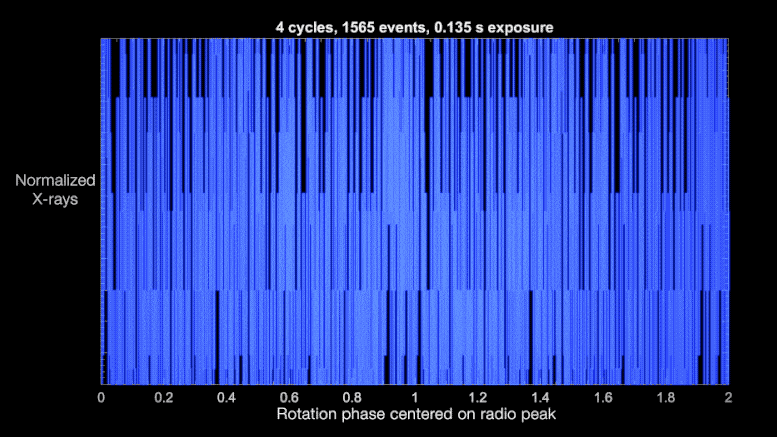
Between 2017 and 2019, NASA’s Neutron star Interior Composition Explorer (NICER) and radio telescopes in Japan studied the Crab pulsar at the same time. In this visualization, which represents just 13 minutes of NICER observations, millions of X-rays are plotted relative to the pulsar’s rotational phase, which is centered on the strongest radio emission. For clarity, two full rotations are shown. As the pulsar beams sweep across our line of sight, they produce two peaks for each rotation, with the brighter one associated with greater numbers of giant radio pulses. For the first time, NICER data show a slight increase in X-ray emission associated with these events. Credit: NASA’s Goddard Space Flight Center/Enoto et al. 2021
The enhanced emission detected in the X-ray band was similar to that previously reported in the visible band, but nothing similar has ever been observed from any of the other 2,800 known pulsars. According to Teruaki Enoto, the leader of the Extreme Natural Phenomena RIKEN Hakubi Research Ream, “Our measurements imply that these giant pulses are hundreds of times more energetic than previously thought.”
Another important effect of the finding is that it puts important constraints on models of the mysterious phenomenon known as “fast radio bursts.” It is believed that these phenomena—mysterious extragalactic millisecond-duration radio bursts, are associated with pulsars, and possibly young ones like the Crab pulsar. “However,” says Enoto, “the relationship between the two is still controversial, and these findings, along with upcoming discoveries regarding fast radio bursts, will help us to understand the relationship between these phenomena.”
He adds, “Our result not only has a broad impact on pulsar and FRB science but represents a fitting legacy for the Kashima 34-m telescope, which was a valuable instrument for the radio astronomy community but was irreparably damaged by a typhoon in 2019.”
The group also included scientists from the University of Tokyo, Hiroshima University, National Changhua University of Education, JAXA, NIST, and NASA, and a number of other institutes from around the world.
For more on this discovery, read Weird X-ray Surges Detected in Crab Pulsar’s Radio Bursts by NASA’s NICER.
Reference: “Enhanced X-ray emission coinciding with giant radio pulses from the Crab Pulsar” by Teruaki Enoto, Toshio Terasawa, Shota Kisaka, Chin-Ping Hu, Sebastien Guillot, Natalia Lewandowska, Christian Malacaria, Paul S. Ray, Wynn C.G. Ho, Alice K. Harding, Takashi Okajima, Zaven Arzoumanian, Keith C. Gendreau, Zorawar Wadiasingh, Craig B. Markwardt, Yang Soong, Steve Kenyon, Slavko Bogdanov, Walid A. Majid, Tolga Güver, Gaurava K. Jaisawal, Rick Foster, Yasuhiro Murata, Hiroshi Takeuchi, Kazuhiro Takefuji, Mamoru Sekido, Yoshinori Yonekura, Hiroaki Misawa, Fuminori Tsuchiya, Takahiko Aoki, Munetoshi Tokumaru, Mareki Honma, Osamu Kameya, Tomoaki Oyama, Katsuaki Asano, Shinpei Shibata and Shuta J. Tanaka, 9 April 2021, Science.
DOI: 10.1126/science.abd4659



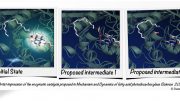

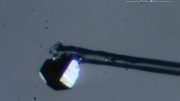
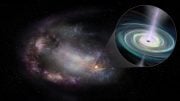
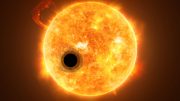

… how theory explains it, is there some differences that are obvious, perhaps…